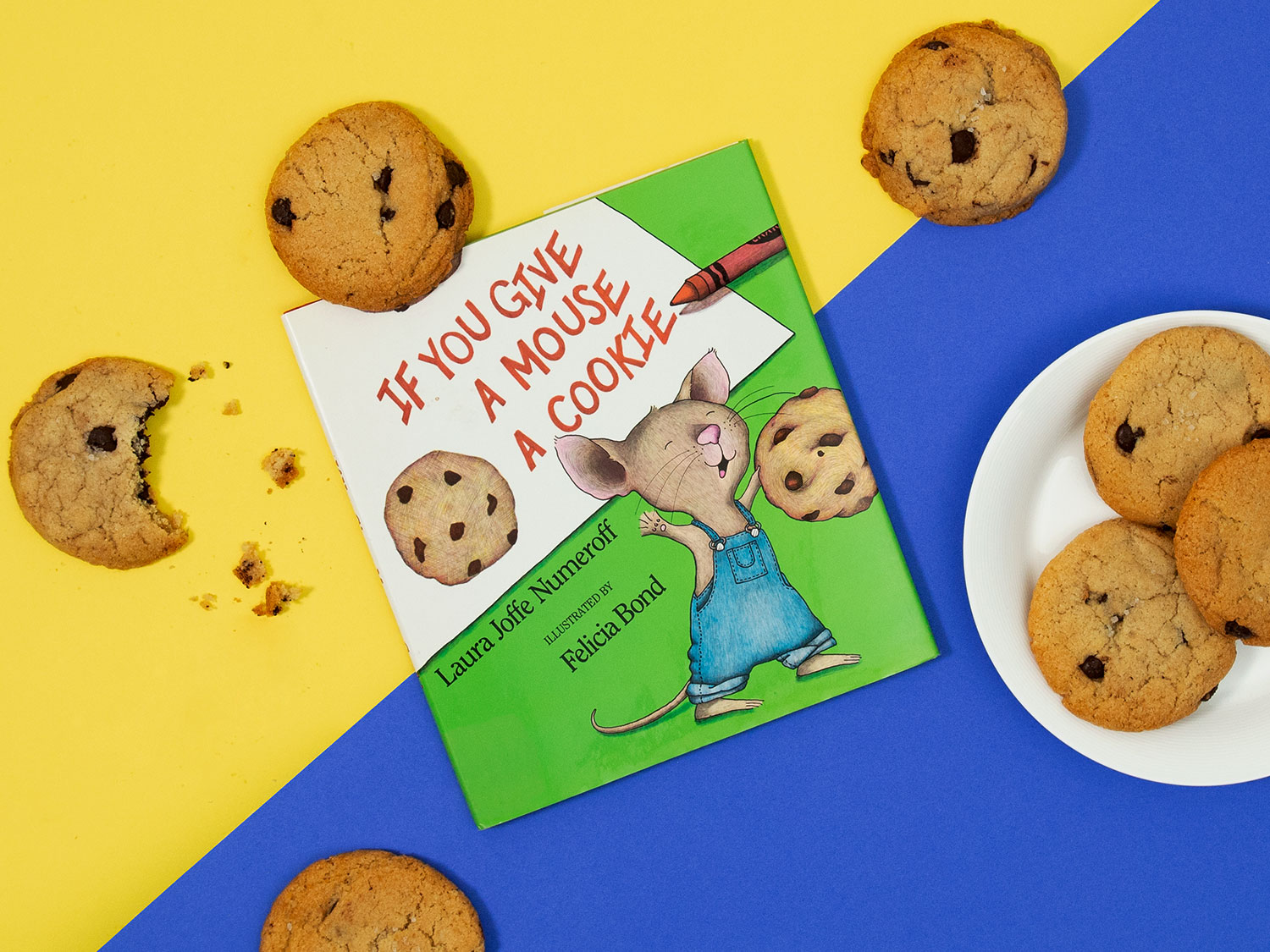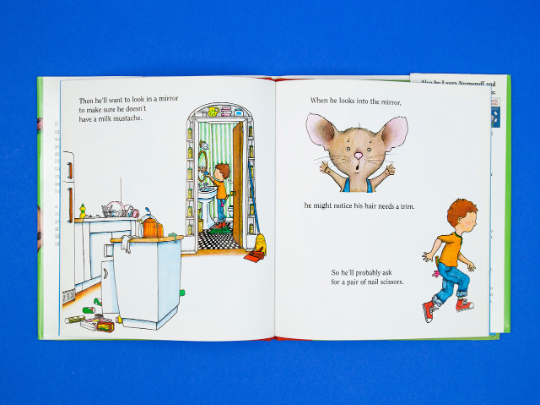“Everything that you say or do, every one of your actions causes a reaction. And that reaction can be good or bad, positive or negative,” I found myself recently explaining to my children. My comment was part of a discussion we were having about how the way we speak to others influences the way they respond to us.
My six-year-old responded, “What’s a reaction?”
“It’s similar to a consequence,” I replied.
“But aren’t consequences only bad things?” my ten-year-old asked.
“No, we often talk of consequences as bad things, but a consequence can be good too. For example, if you eat a healthy breakfast then you have energy for the day ahead and you’ll be better able to concentrate on what you are doing.”
Teaching our children cause and effect, or that every action causes a reaction, is essential in parenting, and one that we often speak of incidentally as we go about our everyday lives: “If you finish your snack then we can leave for the park,” or “If you tidy up your train set then we can get out some play dough.”
Understanding cause and effect helps children recognize relationships between two events, and that each of our behaviors and actions has an effect, not only on ourselves, but also on the people in our lives and our environment. What we do (or don’t do) matters! It's an important lesson in personal responsibility.
One terrific resource for helping children grasp cause and effect is found in the classic tale, If You Give a Mouse a Cookie, by Laura Joffe Numeroff where a little boy gives a hungry mouse a cookie. The story begins:
If you give a mouse a cookie, he's going to ask for a glass of milk.
When you give him the milk, he'll probably ask you for a straw.
When he's finished, he'll ask you for a napkin.
Then he'll want to look in a mirror to make sure he doesn't have a milk mustache.
The story continues with each of the mouse’s requests leading to another related and consequential request (cause and effect) in a circular sequence that leads all the way back around to a glass of milk and another cookie! Needless to say, the poor boy becomes rather weary as he responds to each of the mouse’s requests — rather like I do after a long day of parenting!






